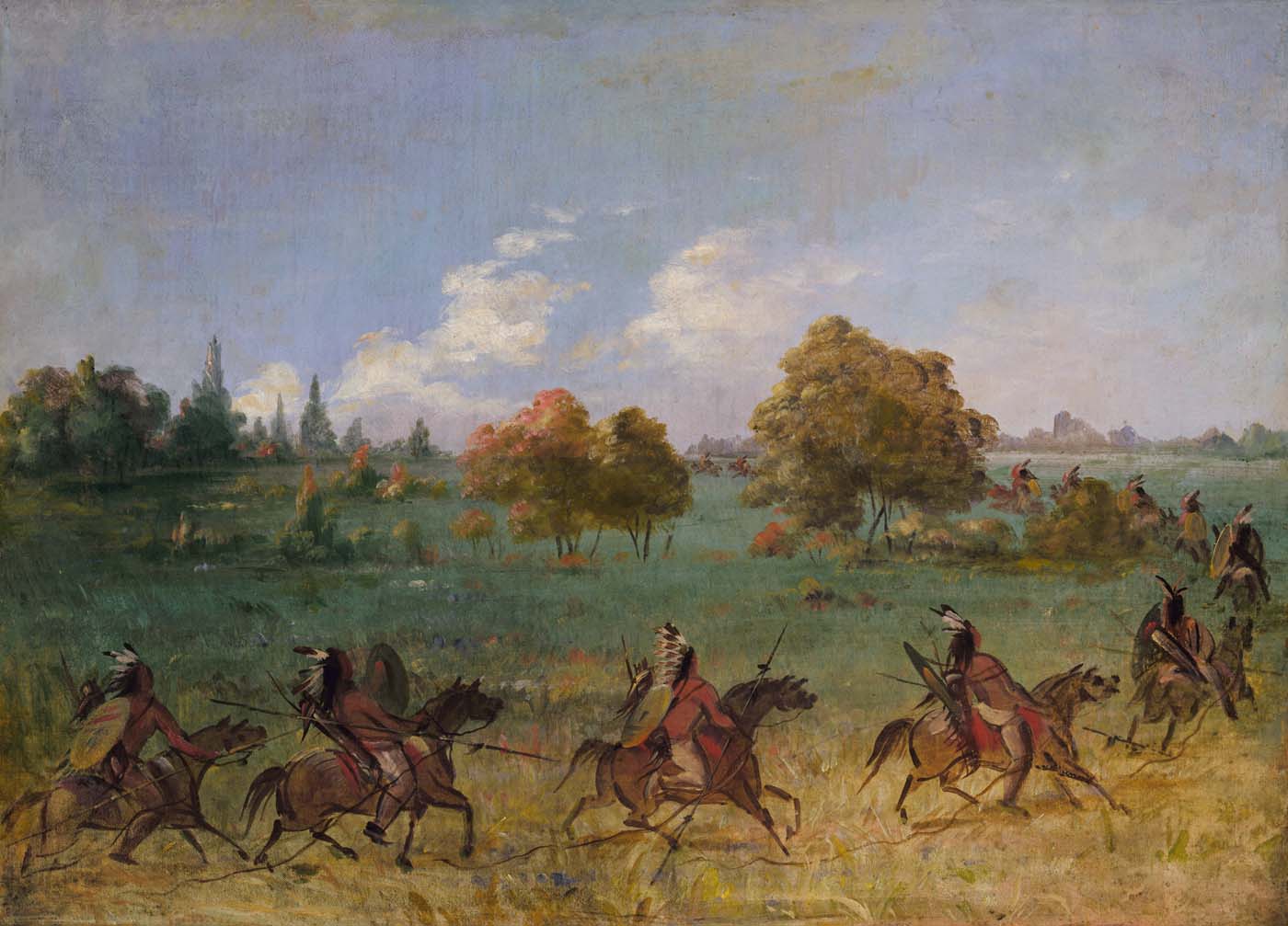 This exhibit highlights the relationship between the Comanche and the land. Comanches were one of the most influential peoples of the Greater Southwest throughout the 18th and 19th centuries. Despite their confinement in 1875 to a small reservation in today’s southwestern Oklahoma, the Comanches’ connection to their once vast range has survived in place names and historical memory. The exhibit was developed and designed by public history graduate students at Texas State as a semester-long team project.
This exhibit highlights the relationship between the Comanche and the land. Comanches were one of the most influential peoples of the Greater Southwest throughout the 18th and 19th centuries. Despite their confinement in 1875 to a small reservation in today’s southwestern Oklahoma, the Comanches’ connection to their once vast range has survived in place names and historical memory. The exhibit was developed and designed by public history graduate students at Texas State as a semester-long team project.
“A Land without Borders” is based upon on-going research by Dr. Joaquín Rivaya-Martínez, who currently is the Jesse H. and Mary Gibbs Jones Professor of Southwest Studies at Texas State University. In the course of his research, he has compiled a massive amount of data on the history of the Comanche Indians between roughly 1700 and 1875. According to Rivaya-Martínez, “In the long term, I would like to create a freely-accessible, interactive, on-line map and database of Comanche history using GIS technology. It could be a phenomenal tool for scholars, teachers, and the general public. An exhibit of this nature is a productive way of sharing my research with a larger, general audience while offering public history students an opportunity to practice and refine valuable skills.”
The Center for the Study of the Southwest is dedicated to enrich learning about the greater Southwest. Its programs engage faculty and students in the richness and diversity of the southwestern United States and northern Mexico and gives focus to intercultural studies through examining the regions people, institutions, history, and physical and cultural society.
